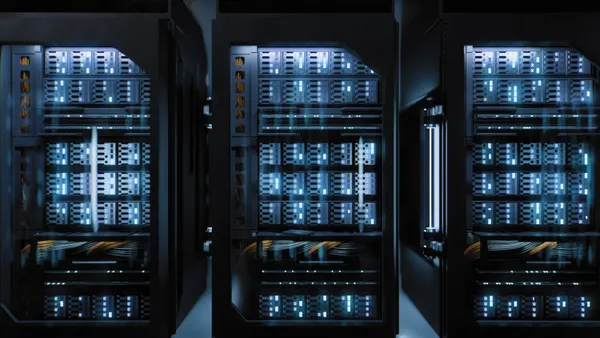The following is a contributed article by Paul Hines, co-founder and CEO of Packetized Energy, a grid technology company, and Allison Bates Wannop, founder and director of 44 North, a boutique consulting and law practice
Hail the humble water heater, the smart thermostat down the hall, the battery backup system in the garage.
In approving Order 2222, the Federal Energy Regulatory Commission this summer thrust our ho-hum home devices into the (hopefully renewables-powered) spotlight. And it's about time.
The order declares that the nation's interstate electric grids — the independent system operators (ISOs) and regional transmission organizations (RTOs) — must develop rules that would allow distributed energy resources, or DER, aggregations to participate in these regional markets. In this way, DER aggregations will be paid for the market value they create by shifting energy from expensive to cheap time periods and by providing services that make the power grid more reliable.
In short, rather than building expensive gas-burning peaker plants, or panicking over the impending shutdown of an aging nuclear power plant, grid operators will be able to turn to the bits and pieces of existing energy infrastructure that, taken together, add up to significant energy storage assets. The interconnected smart devices that help our homes and businesses save energy can become flexible resources for our grids.
What does this look like? When air conditioners start straining the grid during a heat wave, cloud cover abruptly halts solar generation, or summer doldrums slow wind turbines to a halt, a fleet of just 1,000 homes with smart thermostats can provide 1-2 MW of flexible capacity to the grid — and as much as 10 MW if we include some batteries. What's more, as baseload power is replaced with solar and wind generation, that same flexible capacity can become a crucial backstop for those renewable, but intermittent, sources of electricity — helping accelerate the transition to clean energy.
It's a grand idea, long in the making — a market-based solution that somehow makes both fiscal conservatives and green-hearted environmentalists happy. The challenge, of course, is making its promise a reality: depending on how they implement Order 2222, ISOs and RTOs can quash innovation — or help it flourish.
Take "telemetry," for example: Smart devices can track a water heater's second-by-second power consumption for just a few dollars. But if a grid operator instead requires that every element of an aggregated resource be equipped with the same expensive, highly regulated metering systems that are used by bulk-power generation facilities, there will be no way for these smart devices to cost-effectively compete in the resulting markets. This one hurdle would disqualify more than 20 GW of potential flexible capacity in California and New York alone.
Or, grid operators might also set overly strict "location" requirements. Order 2222 allows an aggregated resource that is at least 100kW in size to participate in the regional market. If a 100kW resource with 100 devices has to be located at a single pricing node in the power grid or — worse — a single point of interconnection, aggregators couldn't bid into the system until they reach very high adoption rates, if at all. All but the biggest aggregators, in other words, would be stopped before they started.
The key to success is ensuring flexibility and market predictability: distributed energy resource aggregators can draw from any number of sources. Some aggregators may prefer to rely on water heaters and smart thermostats. Others may team with a solar developer that is adding battery storage to their products, and bid the batteries into capacity and five-minute energy markets. Others may use the batteries from fleets of commercial electric vehicles to balance the grid at night when the vehicles are unused. There are countless combinations, and no one solution.
Order 2222 should be a watershed moment for the U.S. energy sector, vastly expanding the tools to upgrade the nation's infrastructure while accelerating climate progress — but it has to be implemented correctly. The order aims to "remove barriers to the participation" of new resources in electricity markets. That means that utilities, ISOs and RTOs — all long accustomed to prescriptive mandates and legacy technologies — must adapt to an era of flexible, diverse resources. We know they can do it — we have the technology, the minds and the willpower to do so.
With the right approach, our grid operators — the linchpins of our electric grid — can be the force that marshals our country's distributed energy resources, from smart thermostats to batteries, for a more nimble, more reliable, more sustainable clean energy future.






















